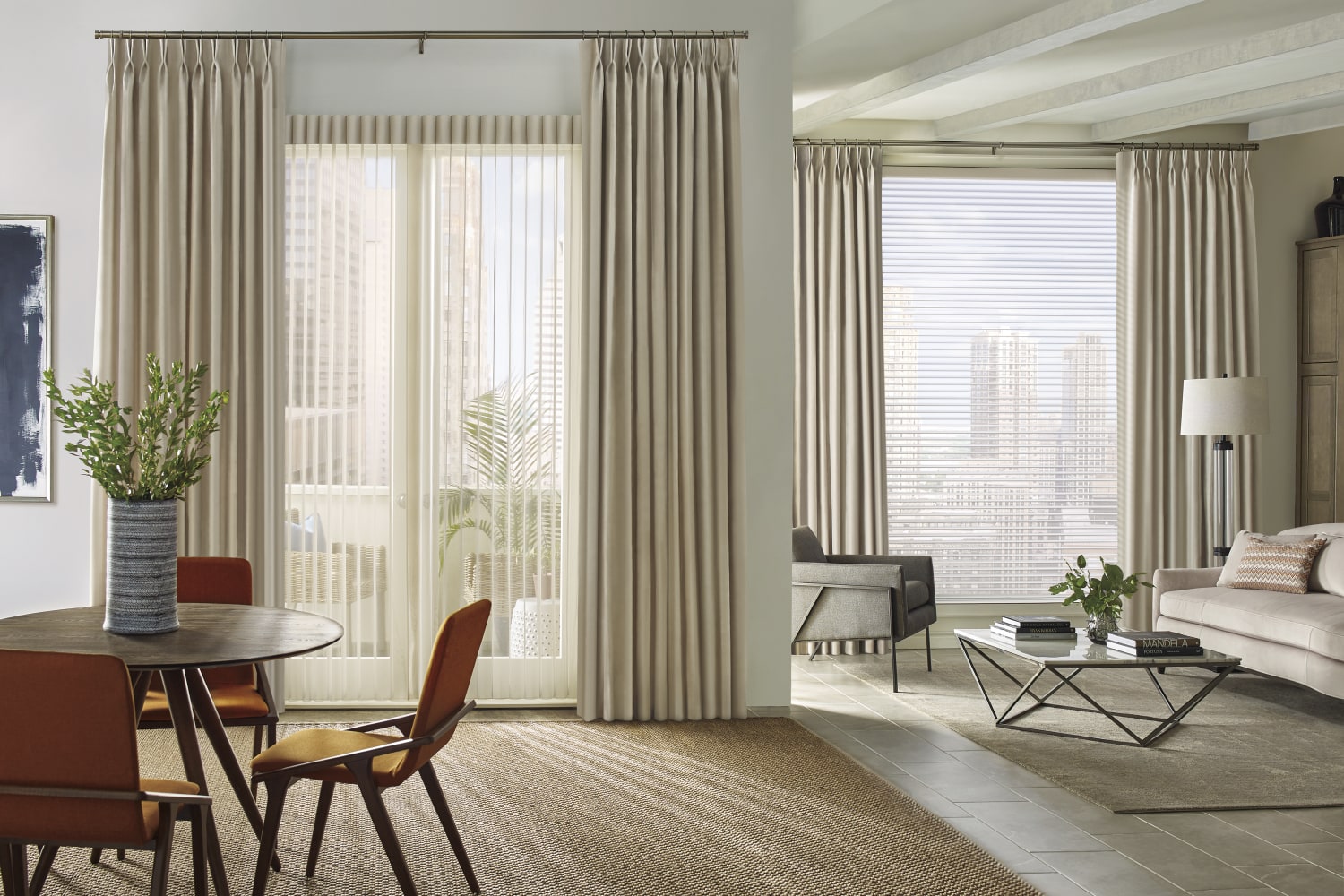

Articles
How Do I Make Drapes
Modified: December 7, 2023
Learn how to make drapes with our comprehensive articles. Get step-by-step instructions and tips for creating stunning window treatments.
(Many of the links in this article redirect to a specific reviewed product. Your purchase of these products through affiliate links helps to generate commission for Storables.com, at no extra cost. Learn more)
Introduction
Welcome to our comprehensive guide on how to make drapes! Drapes are a wonderful addition to any home décor, offering both functionality and style. Whether you are a seasoned DIY enthusiast or a beginner looking to embark on a new project, this step-by-step guide will walk you through the process of creating beautiful drapes for your windows.
Making your own drapes not only allows you to customize the look and feel of your window treatments, but it also gives you the opportunity to save money compared to purchasing ready-made options. With a little bit of time, effort, and creativity, you can create drapes that perfectly complement your personal style and enhance the aesthetic of your space.
Before diving into the world of drapery making, it’s essential to gather all the necessary supplies. Taking the time to prepare and gather everything you need in advance will ensure a smooth and enjoyable crafting experience. In the next section, we will discuss the supplies you will need to have on hand for this project.
So, if you’re ready to add a touch of elegance to your windows, let’s get started on this exciting DIY drapery journey!
Key Takeaways:
- Create personalized drapes to enhance your space and save money. Follow our guide to gather supplies, measure windows, choose fabrics, and sew beautiful drapes that reflect your unique style.
- Unleash your creativity and satisfaction by making your own drapes. From cutting fabric to adding grommets, our comprehensive guide empowers you to craft personalized window treatments and transform your space.
Read more: What Size Of Drapes Do I Need
Gathering Supplies
Before you begin making your drapes, it’s important to gather all the necessary supplies. Having everything on hand will save you time and ensure a seamless workflow throughout the process. Here’s a list of supplies you’ll need:
- Fabric: Choose a fabric that suits your design preferences and the functionality you’re looking for. Consider factors such as light filtration, privacy, and durability. Measure the length and width of your windows to determine how much fabric you’ll need.
- Lining: Optional, but it adds structure and helps protect the fabric from sunlight and fading.
- Thread: Select a high-quality thread that matches the color of your fabric.
- Measuring tape: Essential for accurately measuring your windows and fabric.
- Scissors or rotary cutter: Use these to cut your fabric and lining.
- Sewing machine: While you can hand-sew your drapes, a sewing machine will save time and make the process more efficient.
- Straight pins: These will ensure your fabric stays in place while sewing.
- Header tape: This will create the pleats or gather the top of the drapes.
- Iron and ironing board: These will be used to press and flatten the fabric for a professional finish.
- Curtain rod or track: This is what your drapes will hang on, so make sure to measure and choose one that fits your window dimensions.
- Additional decorative elements: If desired, gather any decorative items such as tassels, grommets, or tiebacks to embellish your drapes.
Once you have these supplies ready, you’re well-prepared to move on to the next steps of measuring the windows and selecting the perfect fabric for your drapes. Remember to double-check your measurements and invest in high-quality materials to ensure a professional-looking final product.
Measuring the Windows
Accurate measurements are crucial when making drapes, as they determine the fabric and lining dimensions needed for a perfect fit. Follow these steps to measure your windows:
- Start by measuring the width of your window. Measure from the outside edge of the window frame on one side to the outside edge on the opposite side. Add an extra few inches to this measurement to allow for fullness and overlap.
- Next, measure the height of your window. Measure from the top of the window frame to where you want the drapes to fall. Again, add extra inches to this measurement for hems and fullness.
- If you prefer your drapes to reach the floor, add a few additional inches to the height measurement to ensure they touch the ground.
- If you plan to mount your drapery hardware above the window frame, measure from the desired mounting point to where you want the drapes to fall. This will give you the finished length of your drapes.
- Repeat the measurements for each window you plan to make drapes for, as window sizes can vary.
It is worth noting that drapes should typically be wider than the actual window to allow for an aesthetically pleasing, gathered look when closed. The extra width also helps create volume and improve light control.
Once you have your measurements, you can start selecting the fabric and determine the amount you’ll need. Keep in mind that the amount of fabric required may vary depending on the style and design of your drapes. Consider consulting with a fabric professional or using online fabric calculators to ensure you purchase the correct yardage.
Now that you have your measurements ready and your fabric chosen, it’s time to move on to the exciting process of selecting fabrics for your drapes. Stay tuned for the next section!
Choosing Fabrics
When it comes to choosing fabrics for your drapes, the possibilities are virtually endless. The right fabric can make a significant impact on the overall look and functionality of your drapes. Here are a few factors to consider when selecting fabrics:
1. Light Filtration: Determine how much light you want to filter through your drapes. Sheer and lightweight fabrics like silk, chiffon, or voile allow ample light to pass through, creating an airy and ethereal atmosphere. On the other hand, if you’re looking for more privacy and light control, consider heavier fabrics like velvet, brocade, or cotton canvas.
2. Style and Aesthetic: Think about the overall style and aesthetic you want to achieve in your space. Are you aiming for a romantic and elegant feel, or a modern and minimalist look? The fabric you choose can play a significant role in creating the desired atmosphere. Floral prints, damask, or silk can add a touch of elegance, while solid colors or geometric patterns create a more contemporary vibe.
3. Durability: Consider the durability of the fabric, especially if you’re making drapes for high-traffic areas or windows that are exposed to direct sunlight. Fabrics like polyester, linen, or cotton blends are generally more durable and fade-resistant.
4. Care and Maintenance: Keep in mind the care instructions for the fabrics you’re considering. Some fabrics may require professional cleaning, while others can be easily laundered at home. Choose fabrics that align with your preferred level of maintenance.
5. Budget: Finally, consider your budget when selecting fabrics. Prices can vary greatly depending on the type and quality of the fabric. Keep in mind that making your own drapes can save money compared to purchasing ready-made options, so you may be able to allocate a larger portion of your budget towards higher-quality fabric.
Take the time to browse through fabric stores, both online and in-person, to find inspiration and get a feel for different textures and patterns. Ordering fabric samples can also be helpful in visualizing how the fabric will look in your space.
Once you’ve selected the perfect fabric, it’s time to move on to the next steps of cutting and sewing the panels. Stay tuned!
Cutting the Fabric
Now that you have chosen the perfect fabric for your drapes, it’s time to cut the fabric panels to the correct size. The measurements you took earlier will guide you in this process. Here’s how to cut the fabric:
- Begin by laying your fabric out on a large, flat surface. Ensure that the fabric is smooth and free from any wrinkles.
- Using your measuring tape or ruler, mark the measurements of your window on the fabric. Double-check the width and height measurements to ensure accuracy.
- Using sharp scissors or a rotary cutter, carefully cut along the marked lines to create your fabric panels. Take your time and make precise cuts to achieve clean edges.
- If you plan to add a lining to your drapes, repeat the same process to cut the lining panels. Make sure the lining panels are slightly smaller in width and height than the fabric panels to allow for a seamless fit.
When cutting the fabric, it’s essential to pay attention to pattern placement if your fabric has a specific pattern or design. Align the pattern properly on each panel to ensure continuity and a visually pleasing appearance when the drapes are hung.
Once you have cut both the fabric and the lining panels, it’s time to move on to the next step: sewing the panels together. Sewing the panels is crucial for creating a finished look and ensuring that the drapes hang properly. Stay tuned for the next section, where we will guide you through the sewing process.
Read more: How Do I Make Curtains
Sewing the Panels
Now that you have your fabric panels cut to the correct size, it’s time to sew them together to create the main body of your drapes. Follow these steps to sew the panels:
- Begin by placing two fabric panels right sides together, ensuring that the edges are aligned. If using a lining, sandwich it between the two fabric panels with the right side facing the fabric.
- Pin the edges together, starting from the top and working your way down. Use straight pins to secure the fabric in place, ensuring that the layers do not shift while sewing.
- Using a sewing machine and a matching thread, sew along the pinned edges, leaving a ½ inch seam allowance. Backstitch at the beginning and end of each seam to secure the stitches.
- Continue sewing all sides of the panels, leaving the top edge open for now. Remove the pins as you sew, ensuring smooth and even stitches.
- If you’re not using a lining, finish the raw edges of the fabric panels by either serging or folding the edges and stitching them down to prevent fraying.
- Press open the sewn seams using an iron on a low heat setting to create crisp and flat seams. Be careful not to apply too much heat or pressure to delicate fabrics.
Once the panels are sewn together and pressed, you have the basic structure of your drapes. However, to create a polished and professional-looking finish, there are a few more steps to complete. In the next section, we will guide you through adding header tape to create pleats or gathers at the top of your drapes. Stay tuned!
When making drapes, be sure to measure your windows accurately to ensure the right amount of fabric. Consider using blackout lining to block out light and provide insulation. Use a steam iron to press the fabric for a professional finish.
Adding Header Tape
Adding header tape to your drapes is a crucial step as it creates pleats or gathers at the top, giving them a polished and finished look. Follow these steps to attach the header tape:
- Measure the width of your fabric panel and cut a piece of header tape to match the width.
- Unfold the header tape and align the top edge of the tape with the top edge of your fabric panel, ensuring that the tape is centered.
- Pin the header tape in place along the top edge of the fabric panel, making sure the pins are inserted through both the tape and the fabric.
- Repeat this process for the entire width of the fabric panel, evenly spacing out the pins to secure the header tape.
- Using a sewing machine, stitch along the top and bottom edges of the header tape, securing it to the fabric. Make sure to remove the pins as you sew, ensuring a smooth and even stitch.
- Additional stitching may be required if your header tape has multiple rows. Consult the instructions provided with your specific header tape to determine the appropriate stitching pattern.
Once the header tape is securely attached, you can create the desired pleats or gathers. Follow the instructions provided with your header tape to determine the recommended spacing and method for pleating or gathering. Some tapes have pre-marked lines for pleating, while others may require manually folding and securing the fabric.
Take your time and carefully follow the instructions to achieve even and symmetrical pleats or gathers along the top of your drapes. Once you are satisfied with the pleating, secure it in place with pins.
With the header tape attached and the pleats or gathers in place, your drapes are starting to take shape. In the next section, we’ll guide you through the process of hemming the bottom of your drapes for a clean and finished look. Stay tuned!
Hemming the Bottom
Hemming the bottom of your drapes is an important finishing touch that gives them a clean and polished look. Follow these steps to hem the bottom:
- Start by folding up the bottom edge of the fabric panel to the desired length for your drapes. Typically, a 2-4 inch hem is common, but you can adjust it to suit your preference.
- Pin the folded edge in place, making sure to align it evenly across the width of the panel. Use straight pins to secure the fabric and prevent shifting while sewing.
- Using a ruler or measuring tape, double-check that the hem length is consistent across the entire width of the fabric panel.
- Once you are satisfied with the placement of the pins and the hem length, remove any excess pins and prepare your sewing machine.
- Using a thread color that matches your fabric, sew a straight stitch along the folded edge of the fabric, securing the hem in place. Be sure to backstitch at the beginning and end of the seam to prevent unraveling.
- For added durability and a cleaner finish, consider sewing a second row of stitches close to the edge of the original stitch line.
After hemming the bottom of your drapes, give it a final press with an iron to create a crisp and flat hemline. Be cautious with the heat setting, ensuring it corresponds to the fabric type to avoid any damage.
Hemming the bottom adds a professional and finished touch to your drapes, giving them a polished appearance. With the hem complete, your drapes are almost ready for hanging. In the next section, we’ll cover adding grommets or tabs for easy hanging. Stay tuned!
Adding Grommets or Tabs
Adding grommets or tabs to your drapes will not only enhance their functionality but also contribute to their overall aesthetic appeal. These features provide an easy and stylish way to hang your drapes. Follow these steps to add grommets or tabs:
Adding Grommets:
- Measure and mark the desired placement of your grommets along the top edge of your drapes. Most grommet sets come with a template that will help you achieve consistent spacing.
- Using a hole punch or an awl, create a hole at each marked spot. Make sure the hole is slightly smaller than the grommet size to ensure a snug fit.
- Insert the bottom half of the grommet into the hole from the wrong side of the fabric.
- Place the top half of the grommet onto the bottom half, sandwiching the fabric in between.
- Using a grommet setter tool, press down firmly on the grommet to secure it in place. Follow the instructions provided with your grommet set for the specific tool and technique required.
- Repeat this process for each of the marked spots to attach all the grommets along the top edge of your drapes.
Adding Tabs:
- Determine the desired width and length of your tabs. This will depend on your personal preference and the style you want to achieve.
- Cut fabric strips with the determined measurements for each tab.
- Fold the fabric strip in half lengthwise with the right sides facing inwards.
- Sew a straight stitch along the open edge of the fabric strip, leaving the shorter ends open.
- Turn the fabric strip right side out by pushing the sewn end through the opening. Use a pencil or chopstick to ensure the corners are fully turned out.
- Press the fabric tabs with an iron to create neat and flat strips.
- Attach the tabs evenly along the top edge of your drapes, either by sewing them directly to the fabric or using curtain rings with clips.
Both grommets and tabs offer stylish and functional options for hanging your drapes. Choose the option that best suits your design aesthetic and personal preference.
With the grommets or tabs securely attached, your drapes are now ready to be hung in your desired location. In the next section, we’ll cover the final step of hanging your drapes to complete your DIY project. Stay tuned!
Read more: How To Make Swag Drapes
Hanging the Drapes
After putting in all the hard work of creating your own drapes, it’s finally time to hang them and see the transformation they bring to your space. Follow these steps to hang your drapes:
- Start by installing your curtain rod or track according to the manufacturer’s instructions. Make sure it is securely fastened to the wall or window frame.
- If you have added grommets to your drapes, simply thread the curtain rod through the grommet holes evenly across the width of the drapes.
- If you have added tabs to your drapes, either slide the curtain rod through the tabs or use curtain rings with clips to attach the tabs to the rod.
- Once the drapes are on the rod, adjust the gather and positioning of the fabric to achieve your desired look. You can gently push the fabric along the rod to create even pleats or folds.
- Step back and examine the hang of the drapes to ensure they are level and evenly distributed.
- If necessary, use a steamer or iron to remove any wrinkles or creases in the fabric.
With your drapes now hanging beautifully, take a moment to admire the transformation they have brought to your space. The drapes will not only block out light, provide privacy, and enhance the overall aesthetic but also create an inviting and cozy atmosphere.
Remember, the process of hanging drapes may vary depending on the specific hardware or style you’ve chosen. Always refer to the manufacturer’s instructions to ensure proper installation and to prevent any damage or accidents.
Congratulations on completing your DIY drapery project! By making your own drapes, you have taken control of the design and customized the window treatments to fit your personal style and needs. Sit back, relax, and enjoy the beauty and functionality of your newly-hung drapes!
Thank you for following our comprehensive guide. We hope it has been informative and helpful throughout your drapery making journey. If you have any questions or need further assistance, feel free to consult with a professional or refer back to this guide. Happy decorating!
Conclusion
Congratulations on completing your journey of making drapes! Crafting your own drapes allows you to unleash your creativity and personalize your home décor. By following the steps outlined in this comprehensive guide, you’ve learned how to gather supplies, measure your windows, choose fabrics, cut and sew the panels, add header tape, hem the bottom, and attach grommets or tabs. The final result is a beautiful set of drapes that perfectly suit your style and window specifications.
Throughout this process, you’ve not only saved money compared to purchasing ready-made drapes but also gained a sense of accomplishment and satisfaction from creating something with your own hands. Your newly crafted drapes will not only enhance the aesthetic appeal of your space but also provide functionality and privacy.
Remember, making drapes is a versatile and customizable project. Don’t be afraid to experiment with different fabric choices, colors, patterns, and textures to create a unique look for your home. You can also explore various curtain styles, such as tab-top, pinch pleats, or grommet-top, to further personalize your drapery.
If you encounter any challenges along the way, don’t hesitate to seek assistance from professionals or online communities. They can provide guidance or answer any questions you may have. Additionally, don’t forget to care for your drapes by periodically cleaning and maintaining them to preserve their beauty and functionality.
Thank you for joining us on this drapery-making journey. We hope that this guide has empowered you to take on future DIY projects and further explore your creativity. Enjoy the beauty and comfort that your handmade drapes bring to your space!
Frequently Asked Questions about How Do I Make Drapes
Was this page helpful?
At Storables.com, we guarantee accurate and reliable information. Our content, validated by Expert Board Contributors, is crafted following stringent Editorial Policies. We're committed to providing you with well-researched, expert-backed insights for all your informational needs.
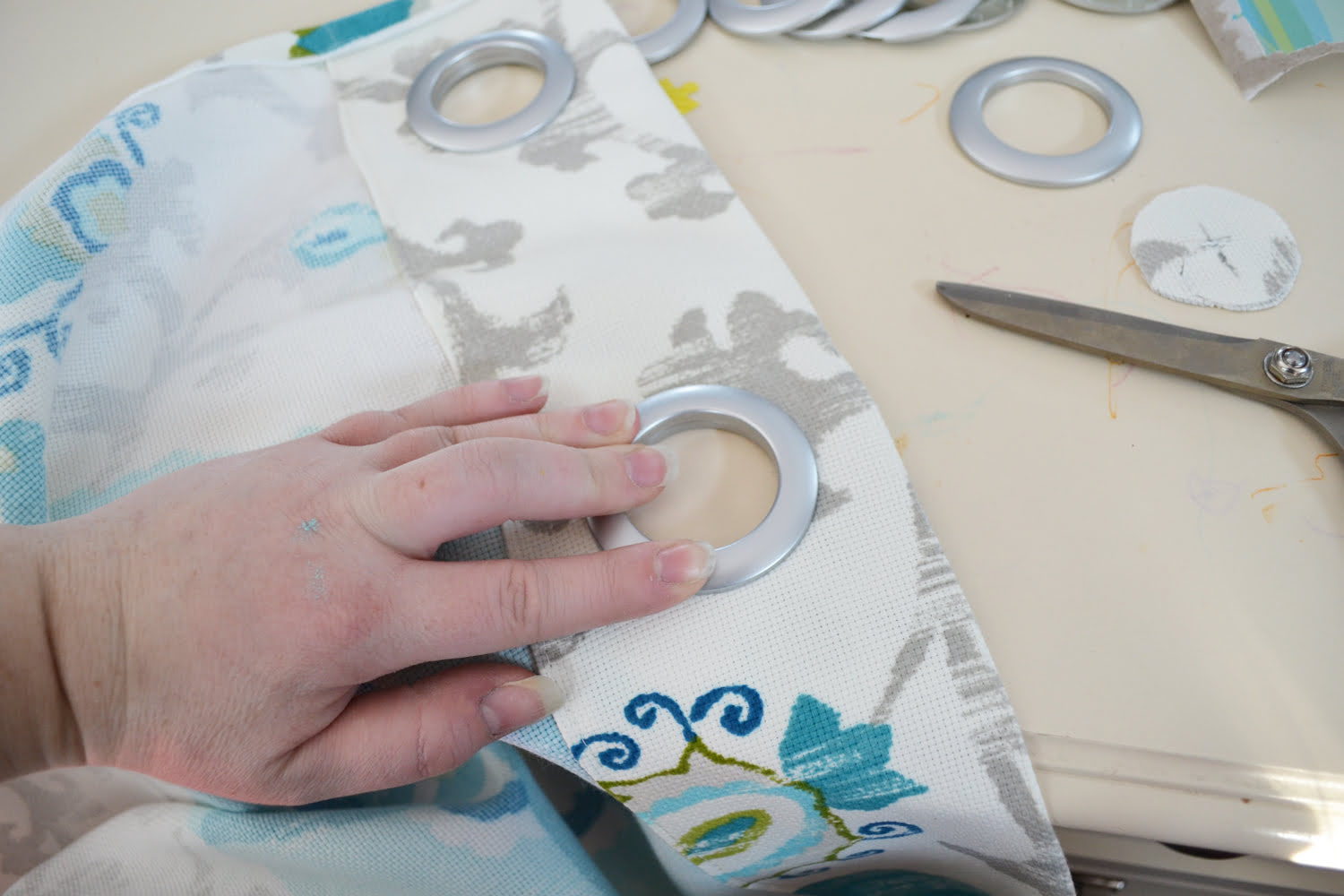
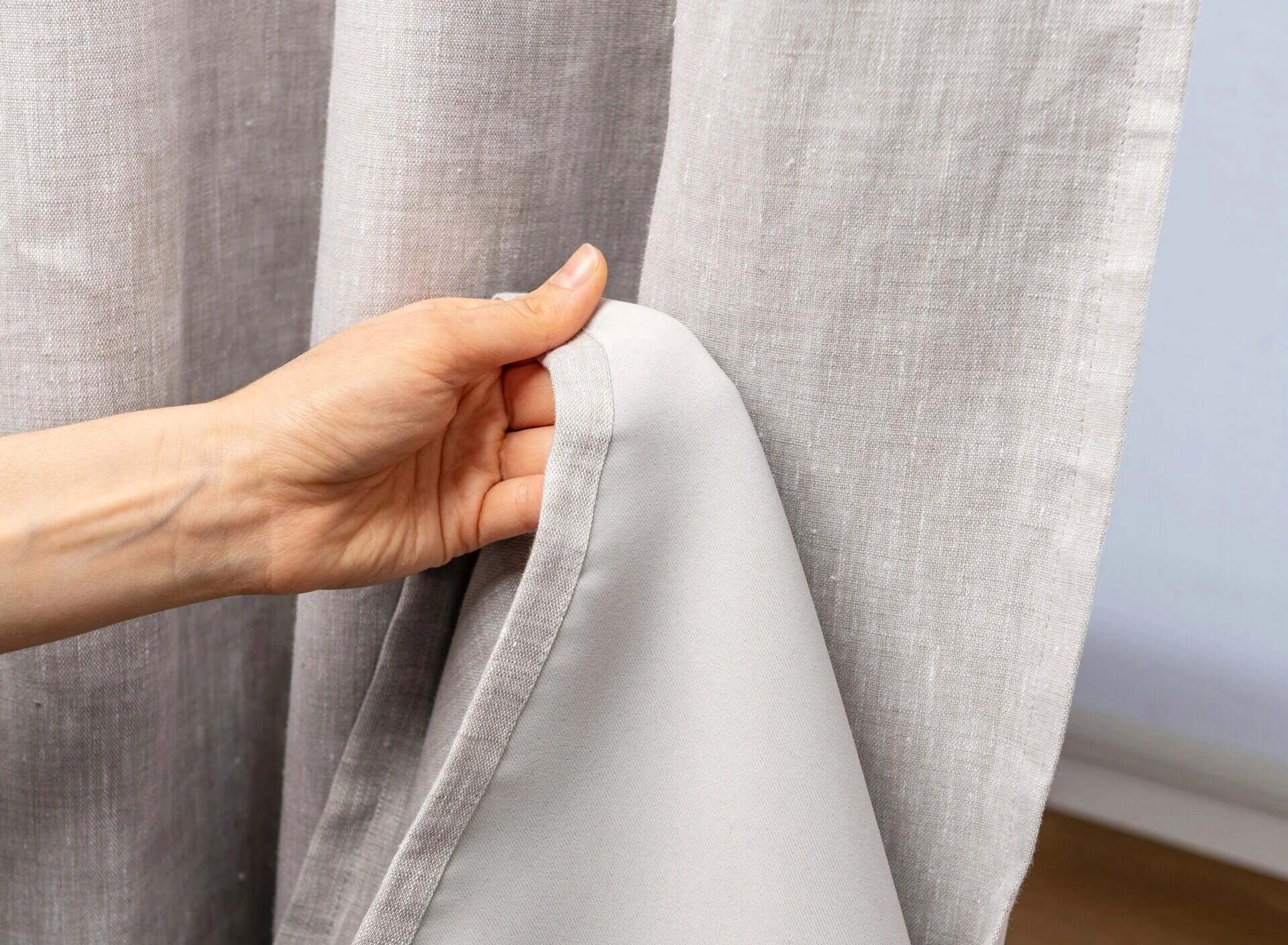
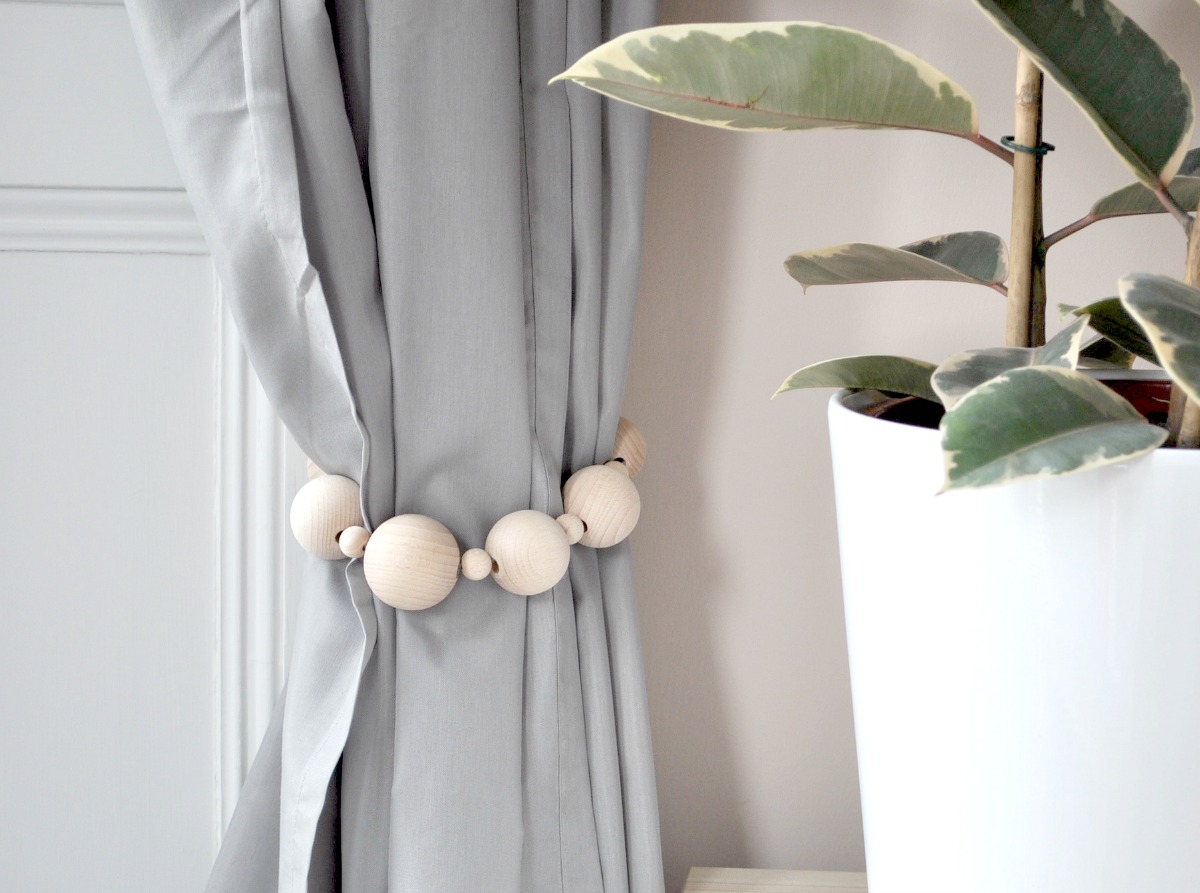
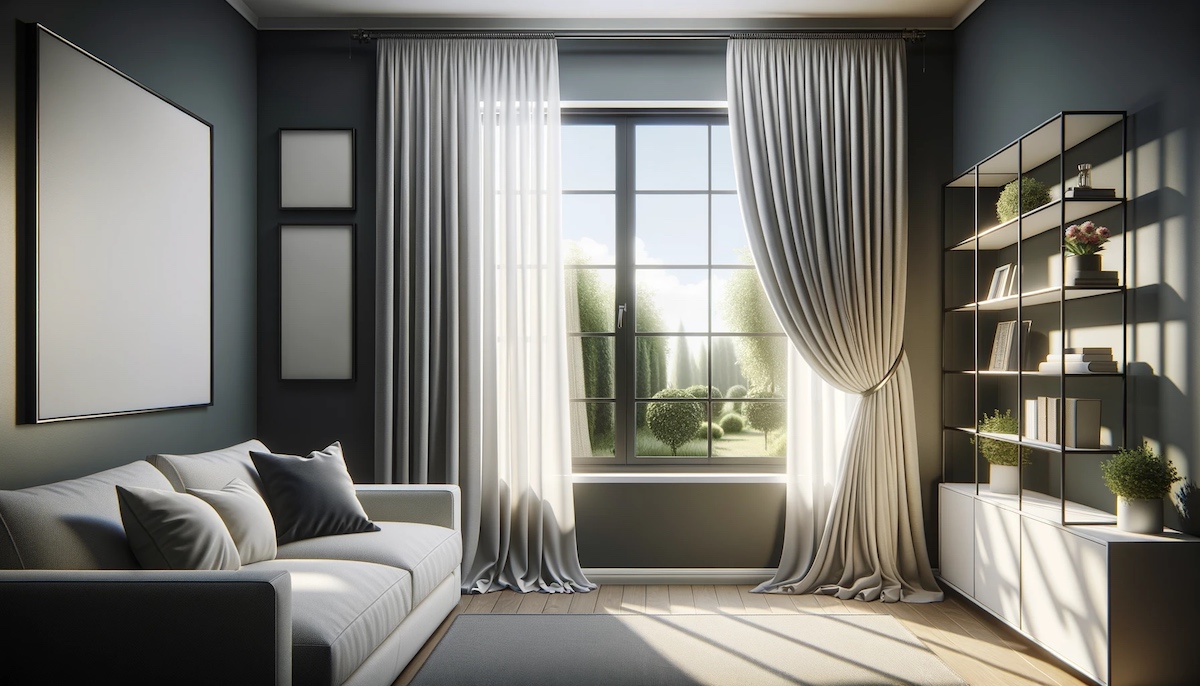
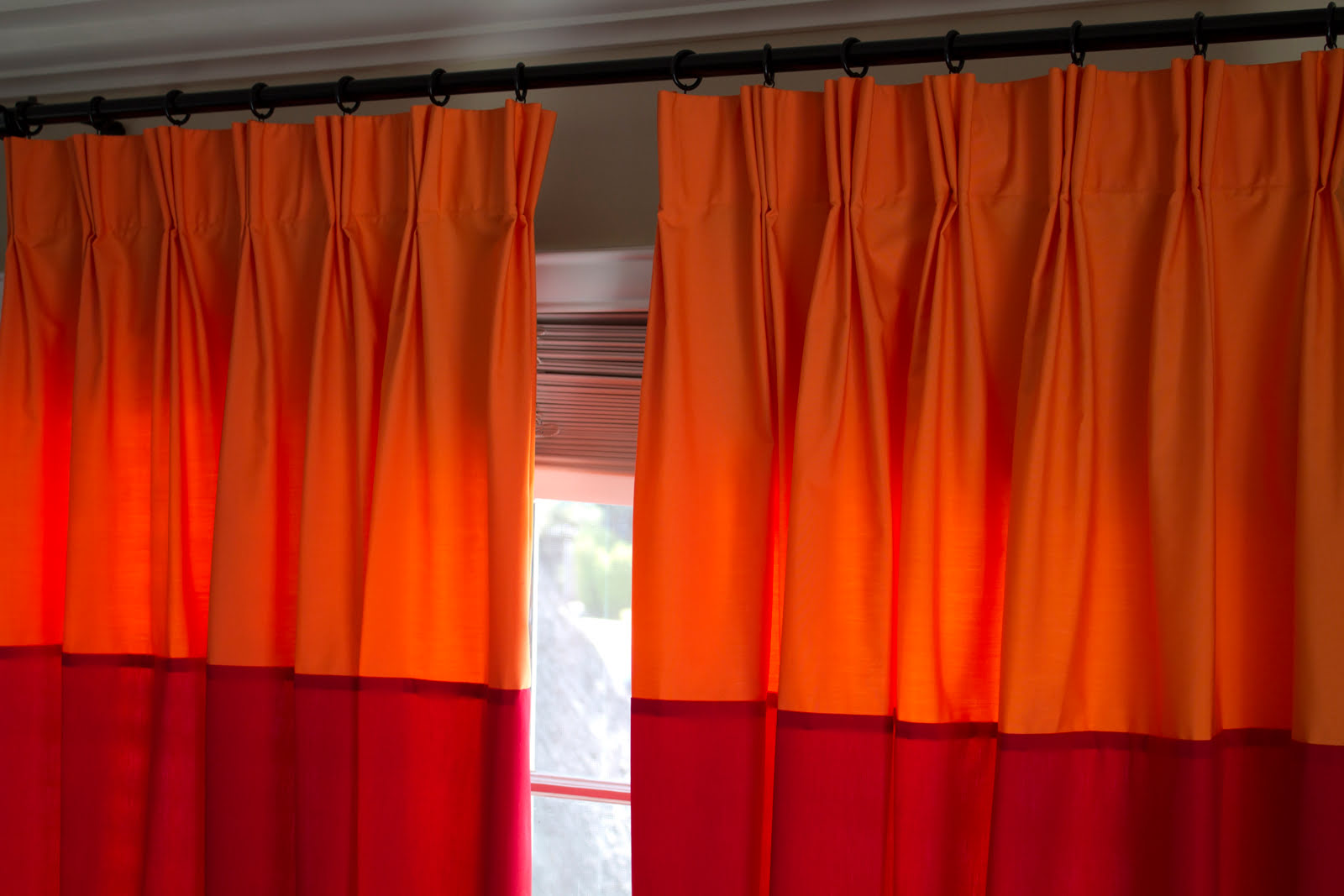
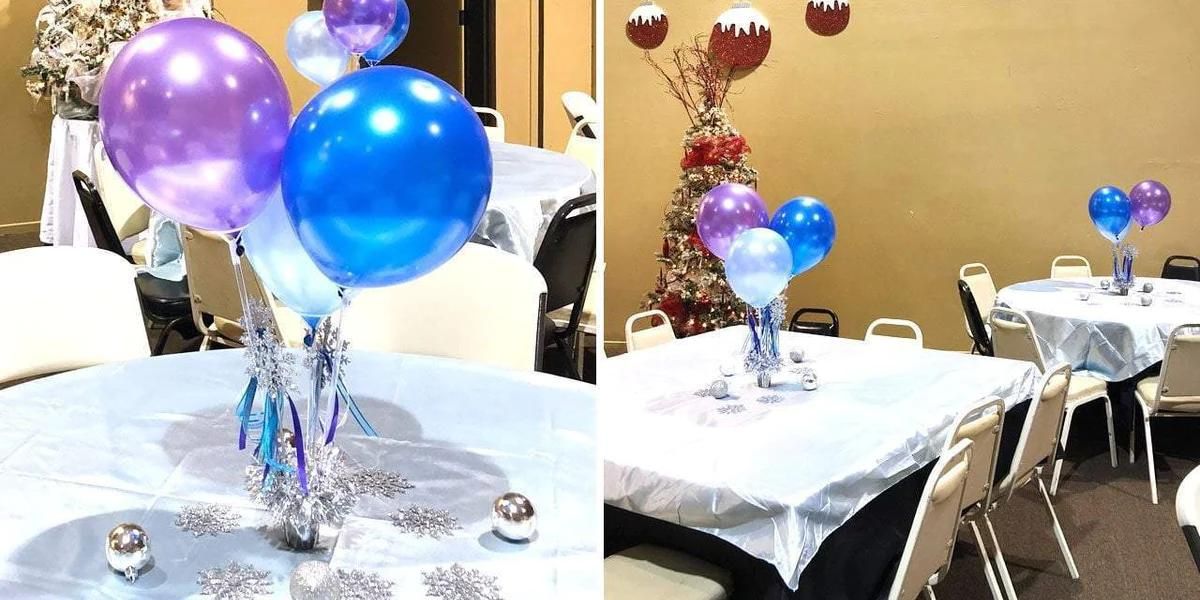
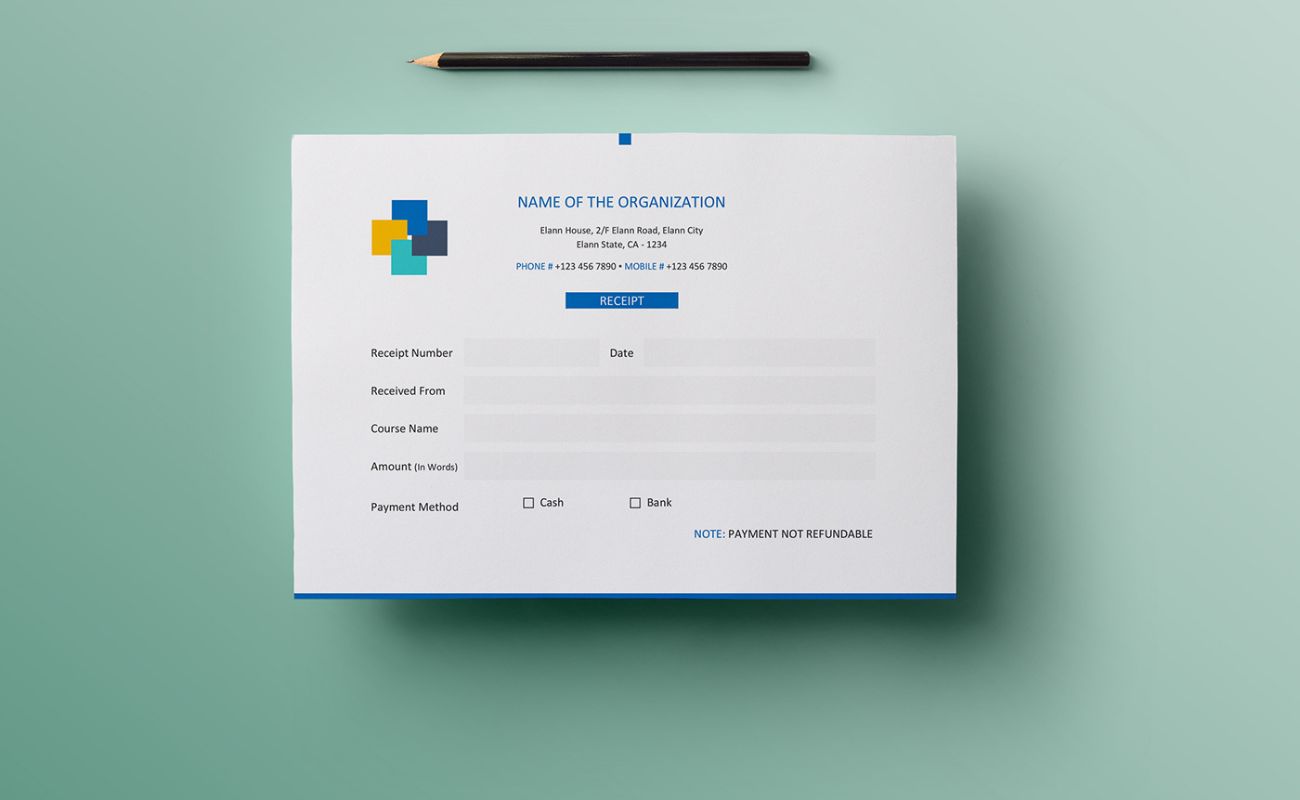
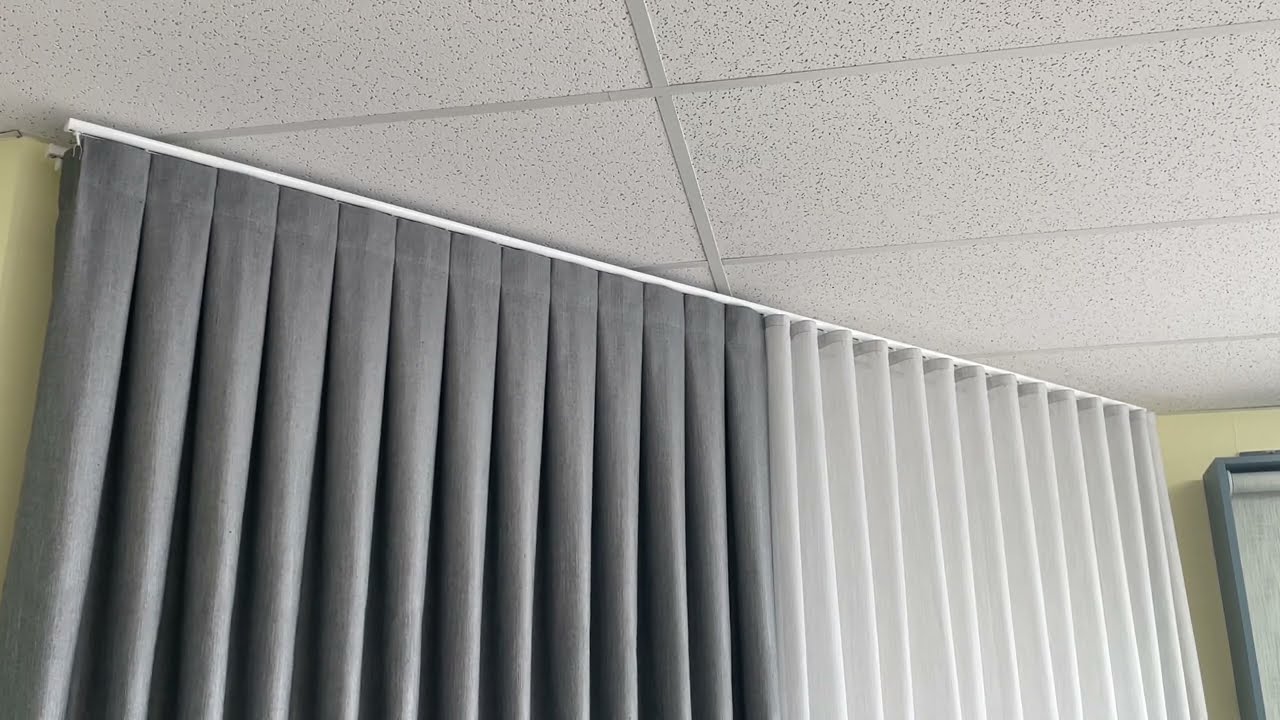
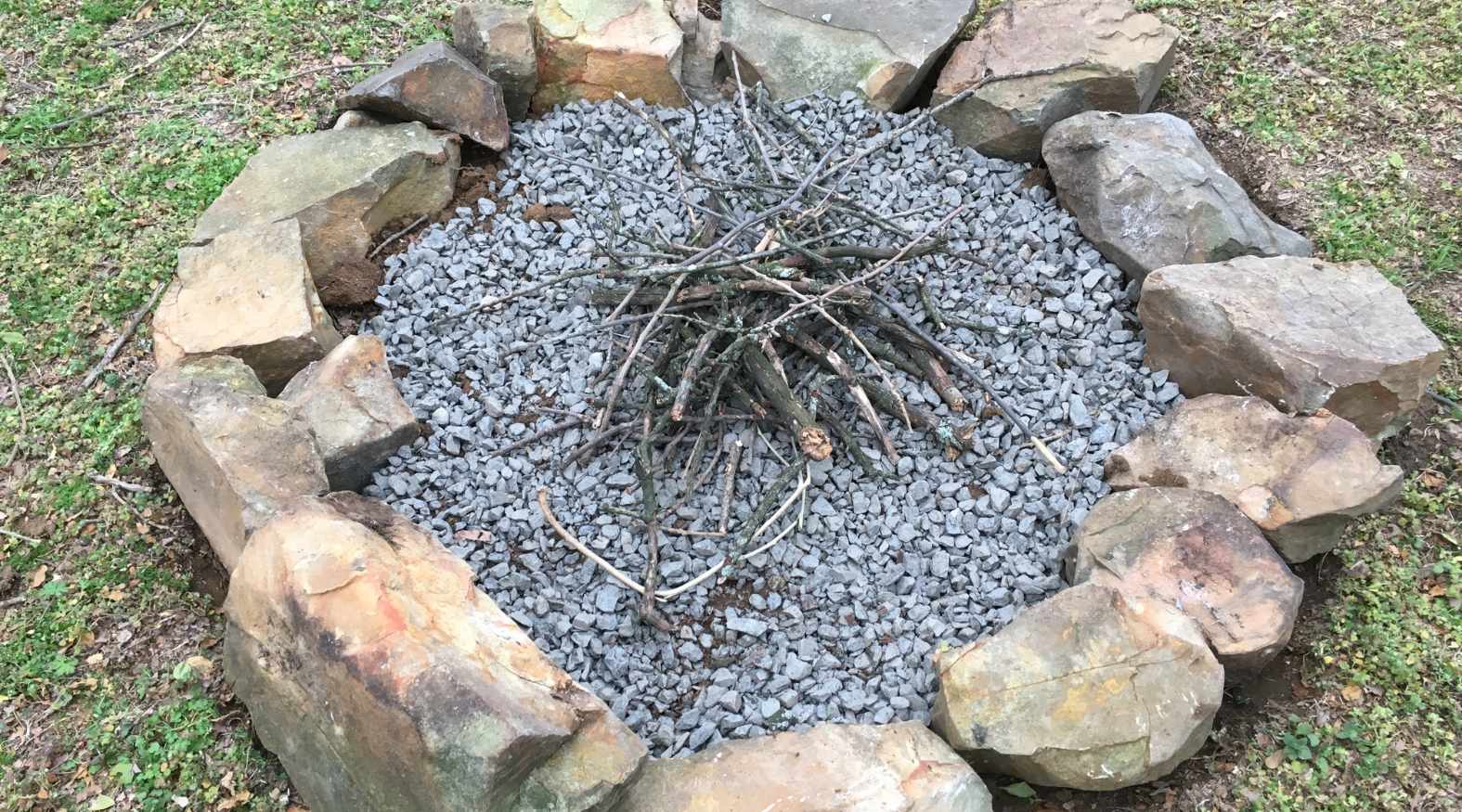
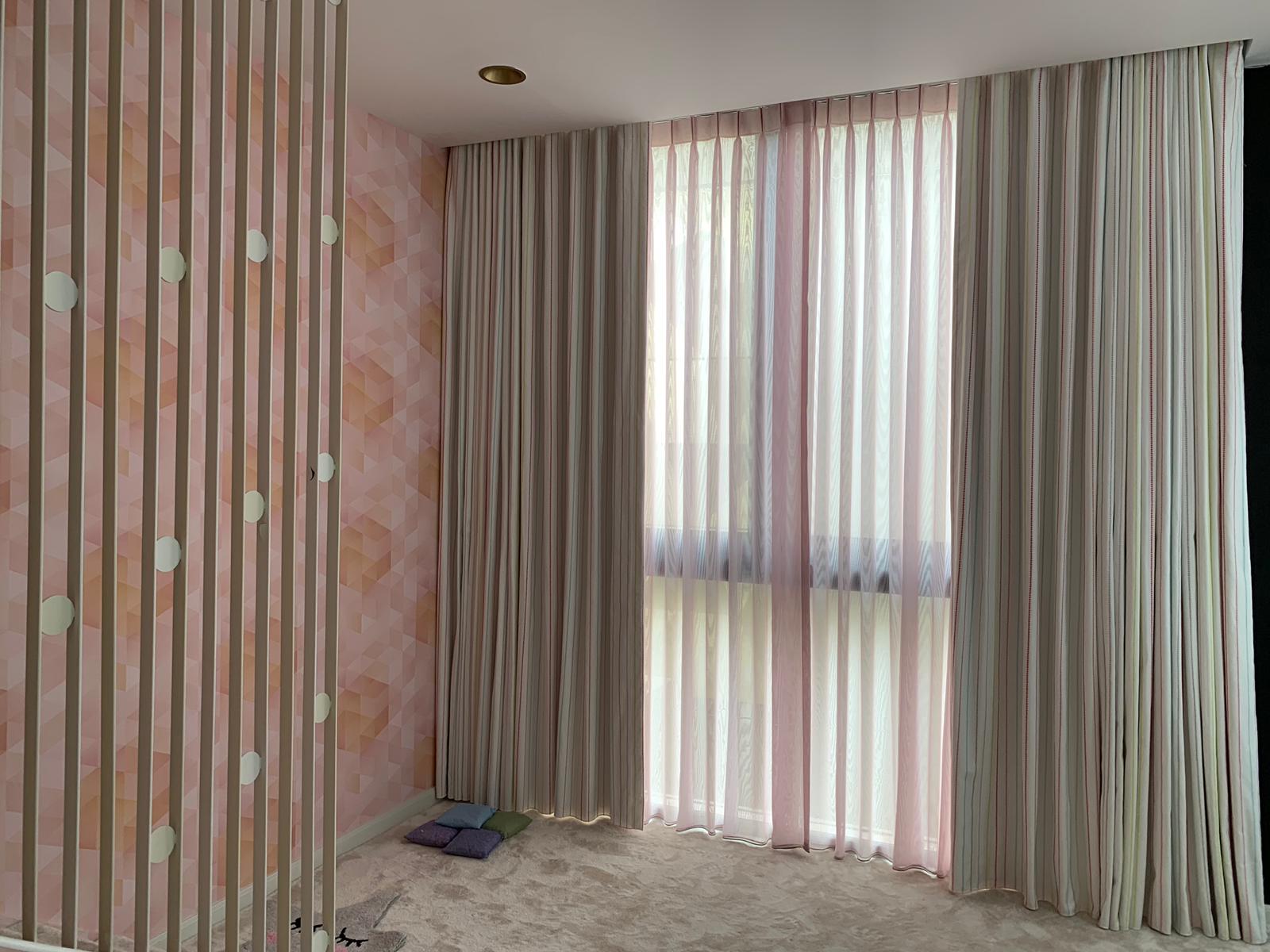
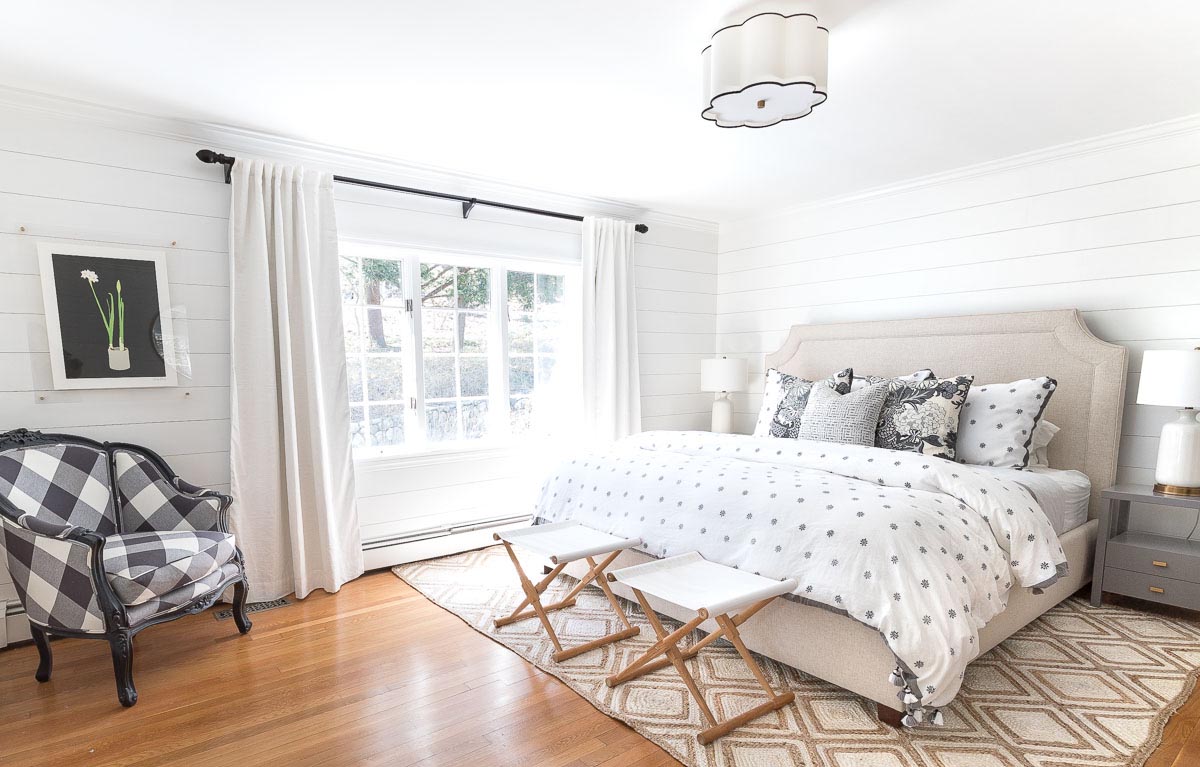
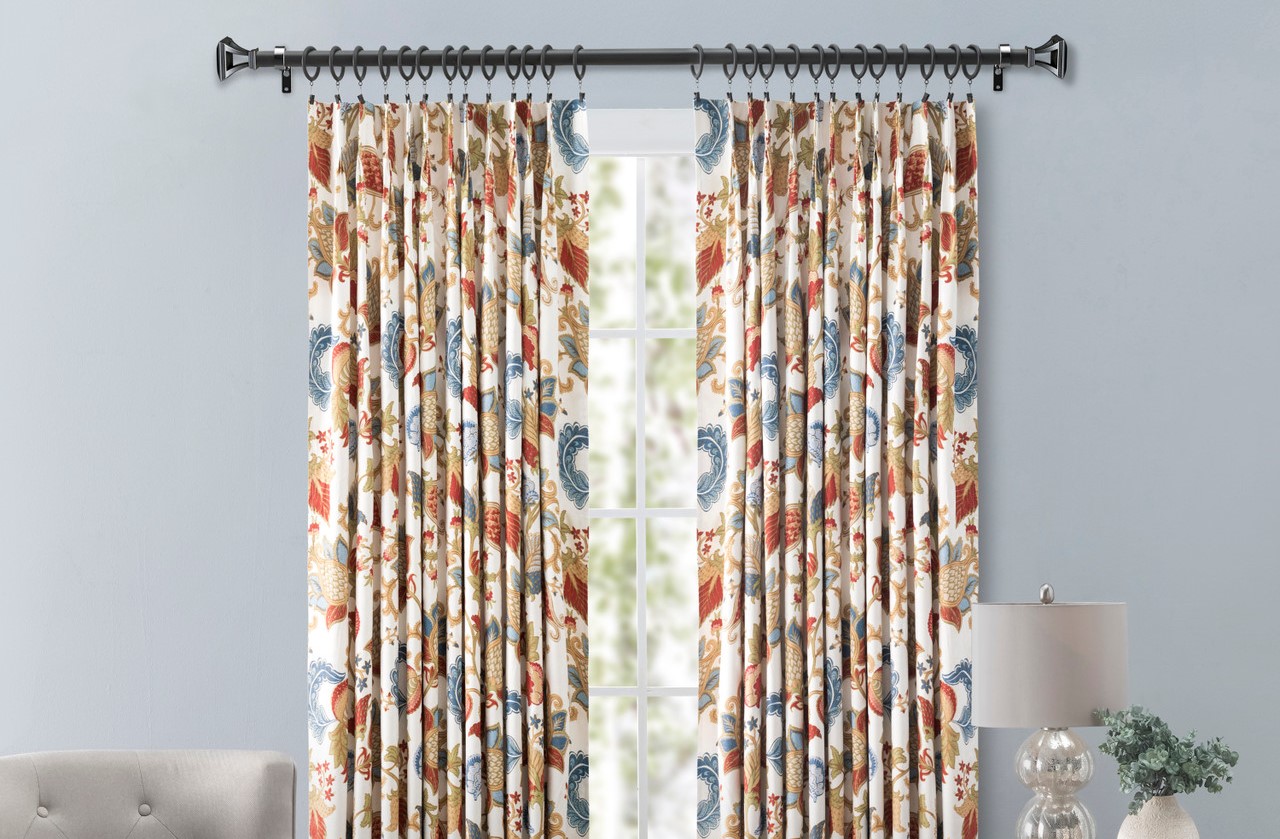


0 thoughts on “How Do I Make Drapes”